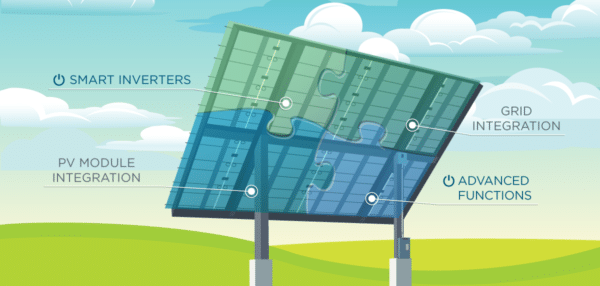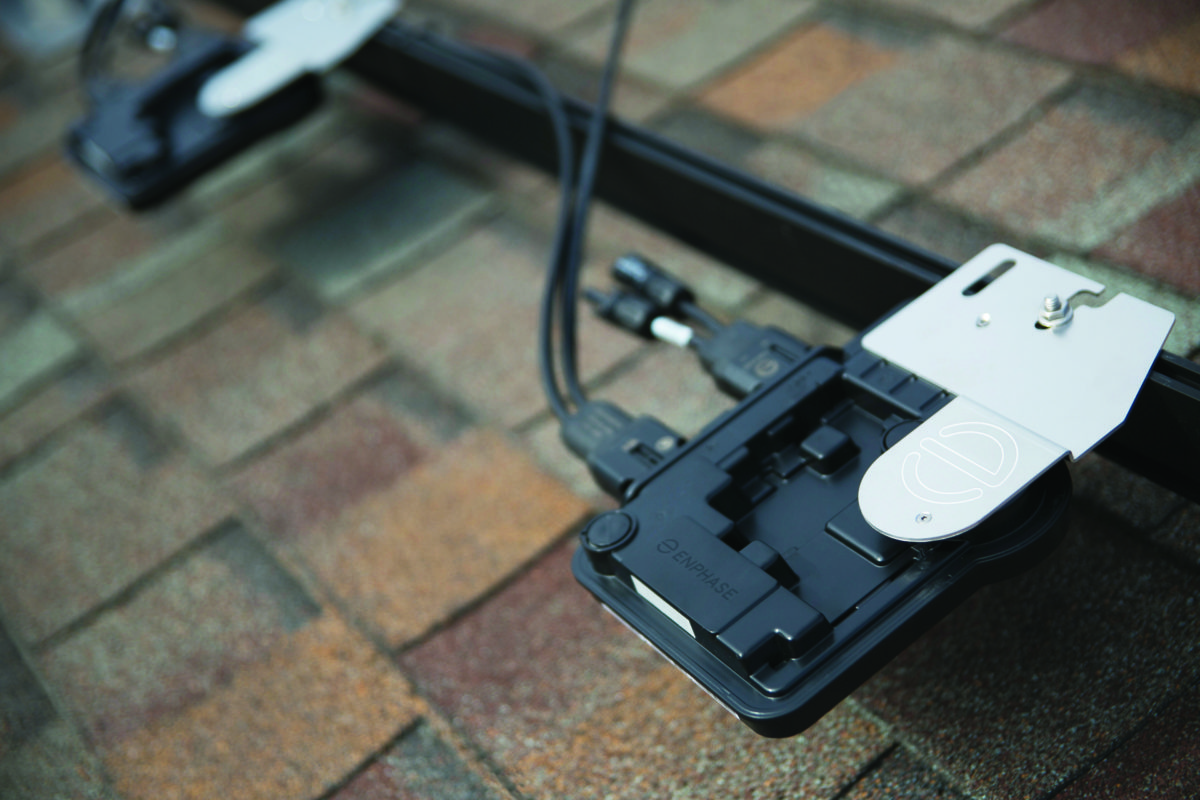The U.S. Department of Energy (DOE), through the SunShot program, has announced nine projects focused on Power Electronics that are receiving, as a whole, up to $20 million. Partially the goal is to make solar power ‘smarter’ to balance out its intermittence and increase reliability. Additionally, there is a goal to continue to drive costs for installation and operations and maintenance down. The DOE has a goal to cut the cost of electricity from a solar power installation in half by 2030.
Some of the features the DOE wishes to develop include the ability to ‘rapidly detect and respond to problems, protect against physical and cyber vulnerabilities, and enable consumers to manage electricity use.’

Advanced solar power on the grid is being tested in the wild as well. Hawaiian electricity utilities, Enphase and SolarEdge has been focused on developing solar panel level communications that route directly to the utility to allow for fine tuned management of energy output on their solar power heavy grid. In 2017, California’s grid operator (ISO) says that a joint National Renewable Energy Lab, First Solar and the California Independent System Operator project shows that renewable energy plants with smart inverter technology can provide grid services similar to, or in some cases better than conventional generation.
Solar power continues to increase the value that it can provide to the grid by pairing with energy storage and increasing the intelligence of power electronics. Soon enough the claims of those who argued we’d never get past 2% solar, 5% solar, 10%, etc. will be remembered as fiction, if at all.
This content is protected by copyright and may not be reused. If you want to cooperate with us and would like to reuse some of our content, please contact: editors@pv-magazine.com.









By submitting this form you agree to pv magazine using your data for the purposes of publishing your comment.
Your personal data will only be disclosed or otherwise transmitted to third parties for the purposes of spam filtering or if this is necessary for technical maintenance of the website. Any other transfer to third parties will not take place unless this is justified on the basis of applicable data protection regulations or if pv magazine is legally obliged to do so.
You may revoke this consent at any time with effect for the future, in which case your personal data will be deleted immediately. Otherwise, your data will be deleted if pv magazine has processed your request or the purpose of data storage is fulfilled.
Further information on data privacy can be found in our Data Protection Policy.